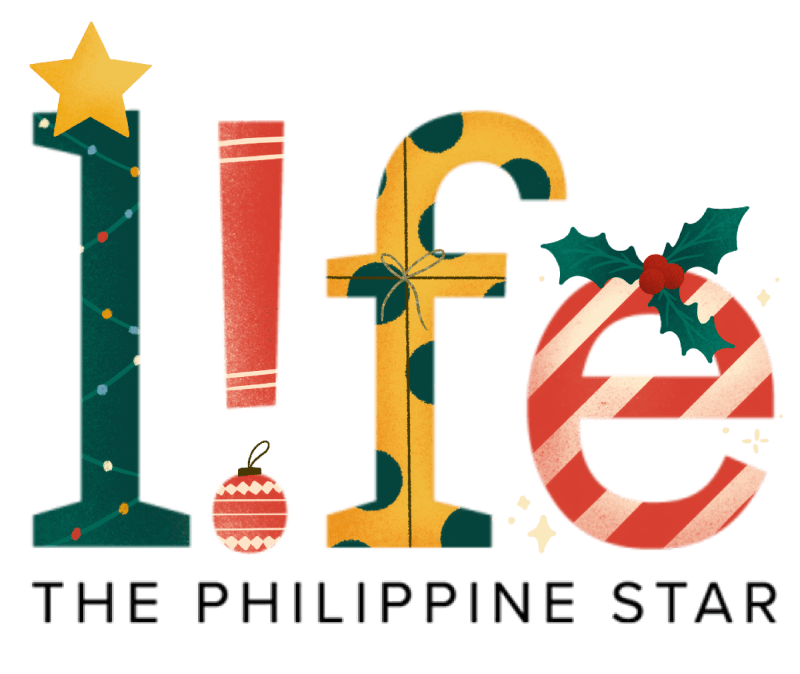Crafting a culture of care and connection through design
“Thanks for thinking of me.”
At its simplest, I think this is what good design sounds like. Beyond the grids, guidelines, and font choices, the spirit of design is in the attention and presence that we offer to the people that we serve. Can we eventually create a language for design where nobody gets left behind?
From time to time, I wonder about the barriers that design potentially creates: when parameters have been created to dictate what “good design” and “bad design” look like; when technical jargon gets disguised as strategic intelligence; when statistics and numbers become the be-all and end-all metrics of success and truth; when harmful intent is masked by beautifully eye-catching bells and whistles. Wielding such authority and power, design can have the capacity to deceive, misinform, and exclude.
In pursuit of simple, there is a tendency to oversimplify. Projects, people, and ideas are reduced into easily digestible packages when our realities are complex, nuanced, and fluid. Uncomfortable truths and inconveniences are swept under the rug, only revealing what is appealing, shiny, and palatable. Design is made beautiful, but at what cost?

Let’s challenge the language of design that we know, because what we verbalize is what we value. As we acknowledge a succinct elevator pitch, may we also hold space for conversations and stories that explore the depths of being human. As we circle back to pie charts and Venn diagrams, may we also hold space for circles in the form of meaningful communities that give us a sense of belonging. As we determine our target audiences and demographics, may we also hold space for truly listening to an individual’s lived experiences. As we measure success in statistics and numbers, may we also hold space for the sincerity and vulnerability of words, of feedback, of one’s voice. As we find consistency in grids and brand guidelines, may we also hold space for the guidance of our peers, our mentors, and our community to keep us steadfast in our values. As we consider white space and kerning, may we also hold space for creating safe spaces to be, to fail, to care.

As a co-creator of Ugnayan Cards together with Jen Horn, we celebrate the cards for recently winning two Red Awards for Image Making and Object Making in DTI Design Center’s Good Design Award Philippines 2024. One of the things we’re proudest of is that the Filipino value of malasakit (compassion) is emphasized as the heart and soul of good design. To consider malasakit as a metric of good design is a promising pathway, not only for the future of design but also for the future of us as a people.
As we set alternative metrics of success beyond the ones that we’re accustomed to, we get to shape and reorient design’s role within our communities. What would it look like to measure the quality of design through the metrics of care, community, and attention? Can design make us care more, draw us closer to communities of belonging, and let us pay more attention? What can be revealed and amplified when we look at design through these lenses?

The reality is, some truths are uncomfortable to face. In every corner, big or small, there is suffering, oppression, and exploitation of our dignity and rights, of our communities, of our natural world. Instead of letting design come in deceivingly polished and perfect packages, let it communicate the imperfect, messy, and chaotic facets of what it is to be human too. Because to be human is to know pain and love and grief and joy. There is still an endlessly rich spectrum of aspects to make more known and visible.

Design still has a huge opportunity to highlight the things that are hidden or being hidden from us. This includes more expansive spaces, voices, and perspectives from people and communities that equally deserve space to be and to live. It is crucial to co-create these realities more visibly because their point of view holds valuable gifts to our collective wisdom and well-being in this world that we inhabit together. Instead of a reductive approach to design that claims to cut out the unnecessary, maybe it can trust that the essentials of living are hidden in this expansive space that has yet to unfold. As designers, we make sense of the world by offering new ways of seeing. Design has a role in illuminating multifaceted realities, including the ones that we have yet to know and have yet to create.

They say that to see is to believe. Design has the capacity to envision and visualize new possibilities. It can work towards new realities that we can have faith in. One that is better, kinder, and more generous. May we trust in the intelligence of our hearts, the ingenuity of our intuition, and the openness of our minds to get us there. Whether you consider yourself a designer or not, let’s approach design not as definitive problem solvers, but as curious question askers. We ask the questions that challenge us to face our current truths, and then live those questions to create new truths or amplify essential ones. In the pursuit of design, may we both experience and create moments that make us say, “Thanks for thinking of me.”

